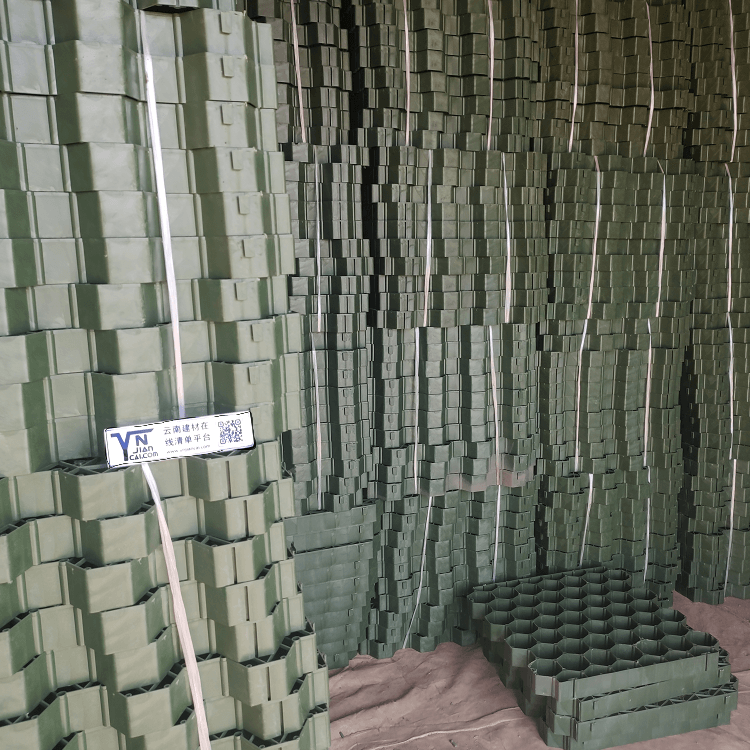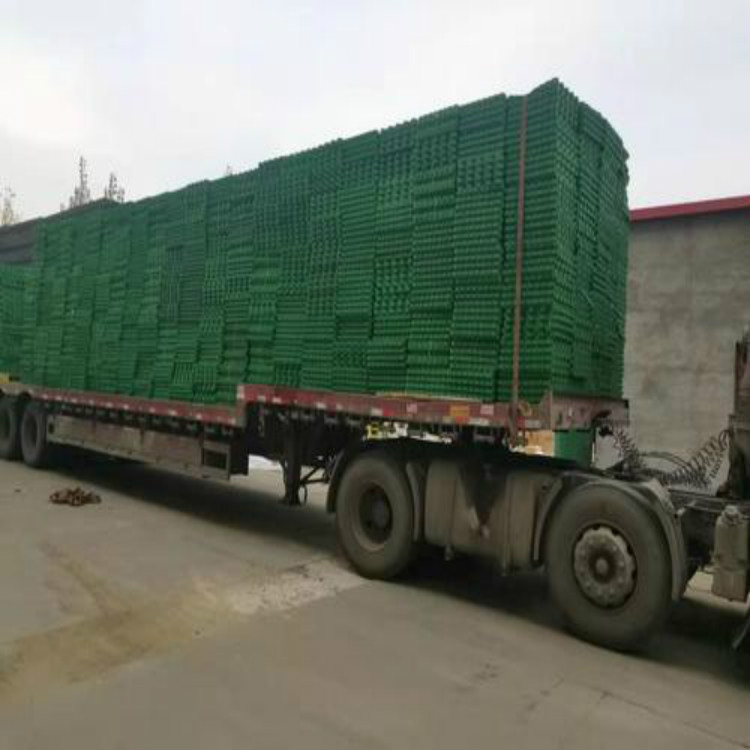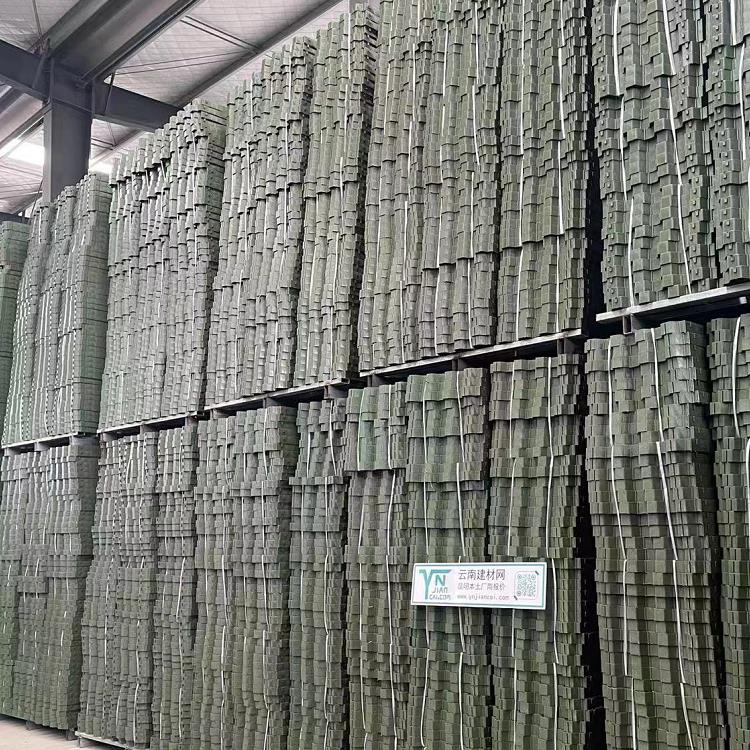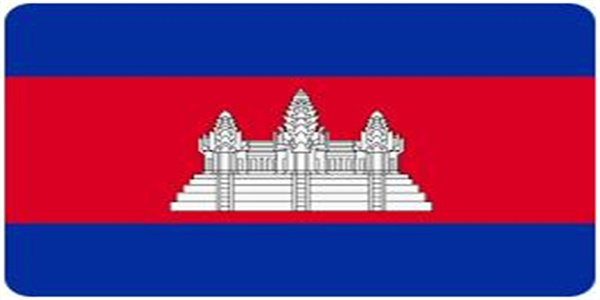The grass grid is measured by the flat area. The specifications for 3 cm thickness are 527-457-27, for 4 cm thickness are 527-457-37, and for 5 cm thickness are 500-435-47.
The shipping cost for the grass grid is higher due to its larger volume. If needed, please provide the delivery address, and we will arrange the appropriate delivery vehicle.
If the specifications above do not meet your requirements, you can choose "Other" and provide details in the remarks.





Many residential areas have roads connected to green belts, with lawns generally extending to the roadside. However, due to poor management, the soil in many green spaces has become severely compacted. The emergence of grass grids has effectively solved this problem. Furthermore, grass grids are widely used in fire lanes and parking lots, solving the issue of increasing green spaces while improving ecological environments and safety. Below is an analysis of the construction and maintenance experience of grass grids for exchange and reference among peers.
The main construction options for the grass grid base layer are as follows:
1. Compact soil + sunflower seeds + crushed stones + sunflower seeds + grass grid + mixed nutrient soil
2. Compact soil + crushed stones + concrete base + sunflower seeds + grass grid + mixed nutrient soil
3. Compact soil + crushed stones + concrete base + sunflower seeds + nonwoven fabric + grass grid + mixed nutrient soil
From the analysis of construction cases, we conclude the following:
- The first option has good drainage, but over time, due to surface load, the ground is prone to collapse.
- The second option, after long-term use, can lead to the loss of nutrient soil due to rainwater erosion, causing a decrease in the nutrient soil inside the grass grid.
After technical discussions and combining the experience of vertical greening, the third option is recommended. Adding a nonwoven fabric layer can prevent the loss of nutrient soil and also help retain moisture.






 " />
" />